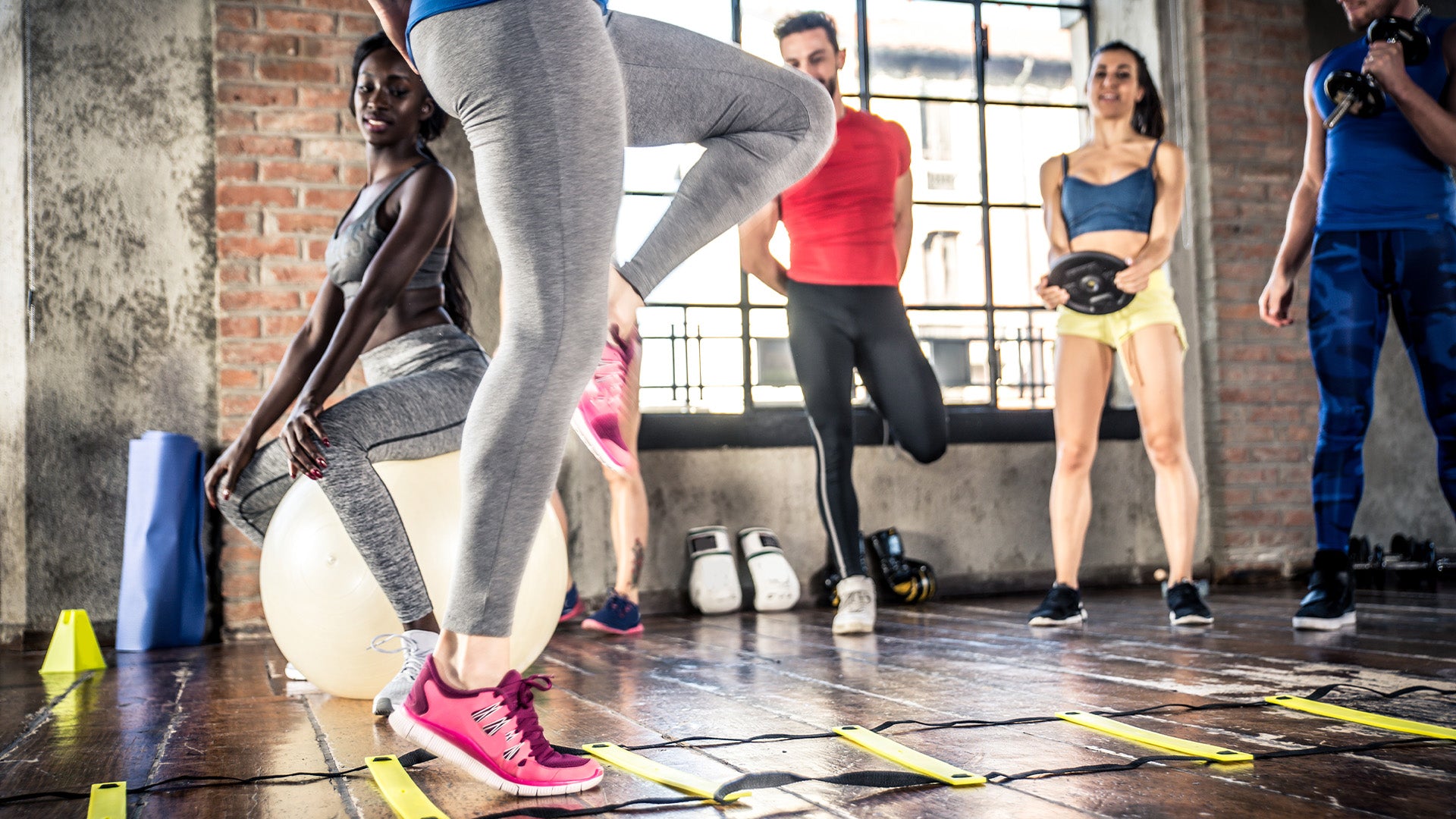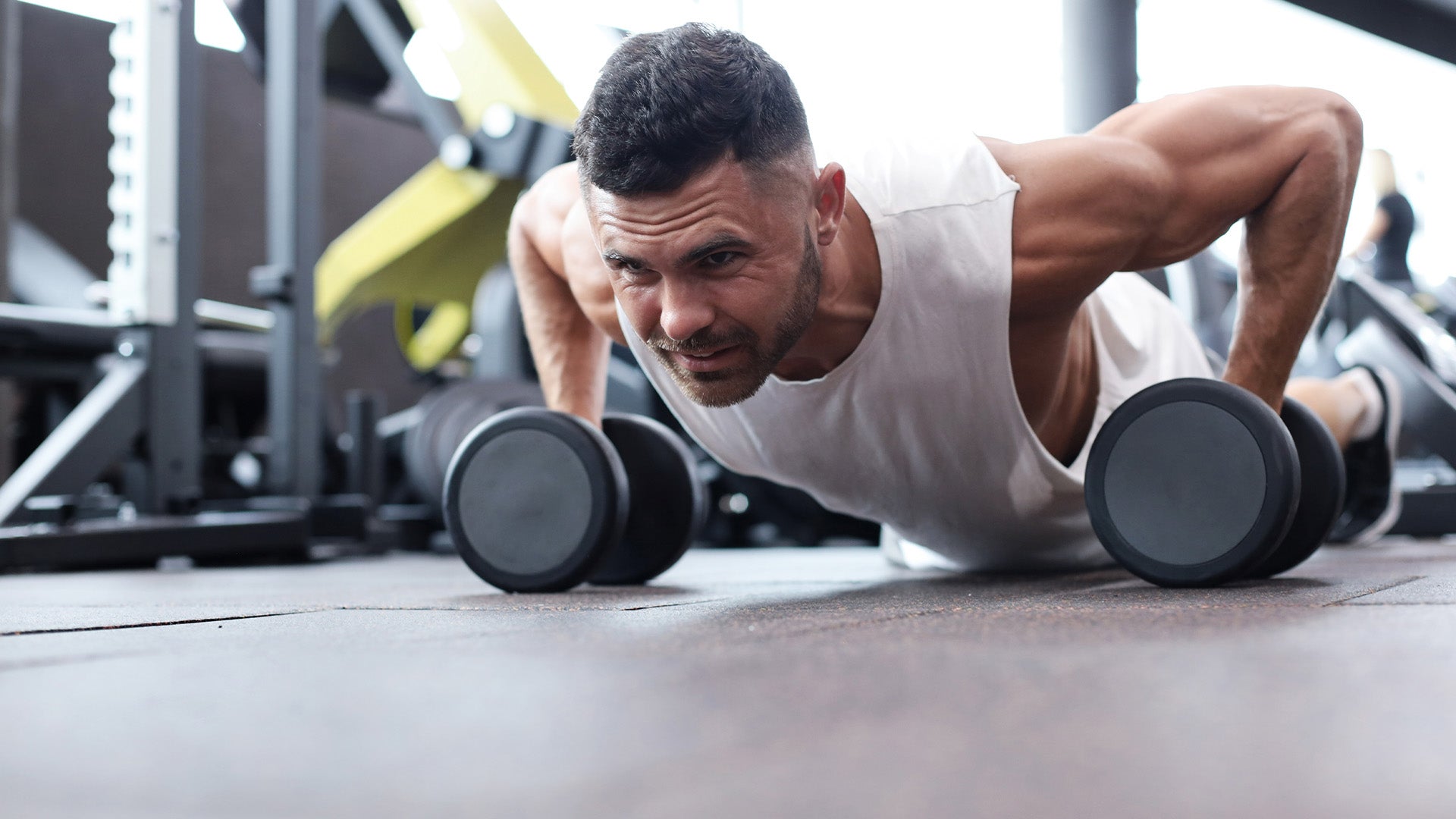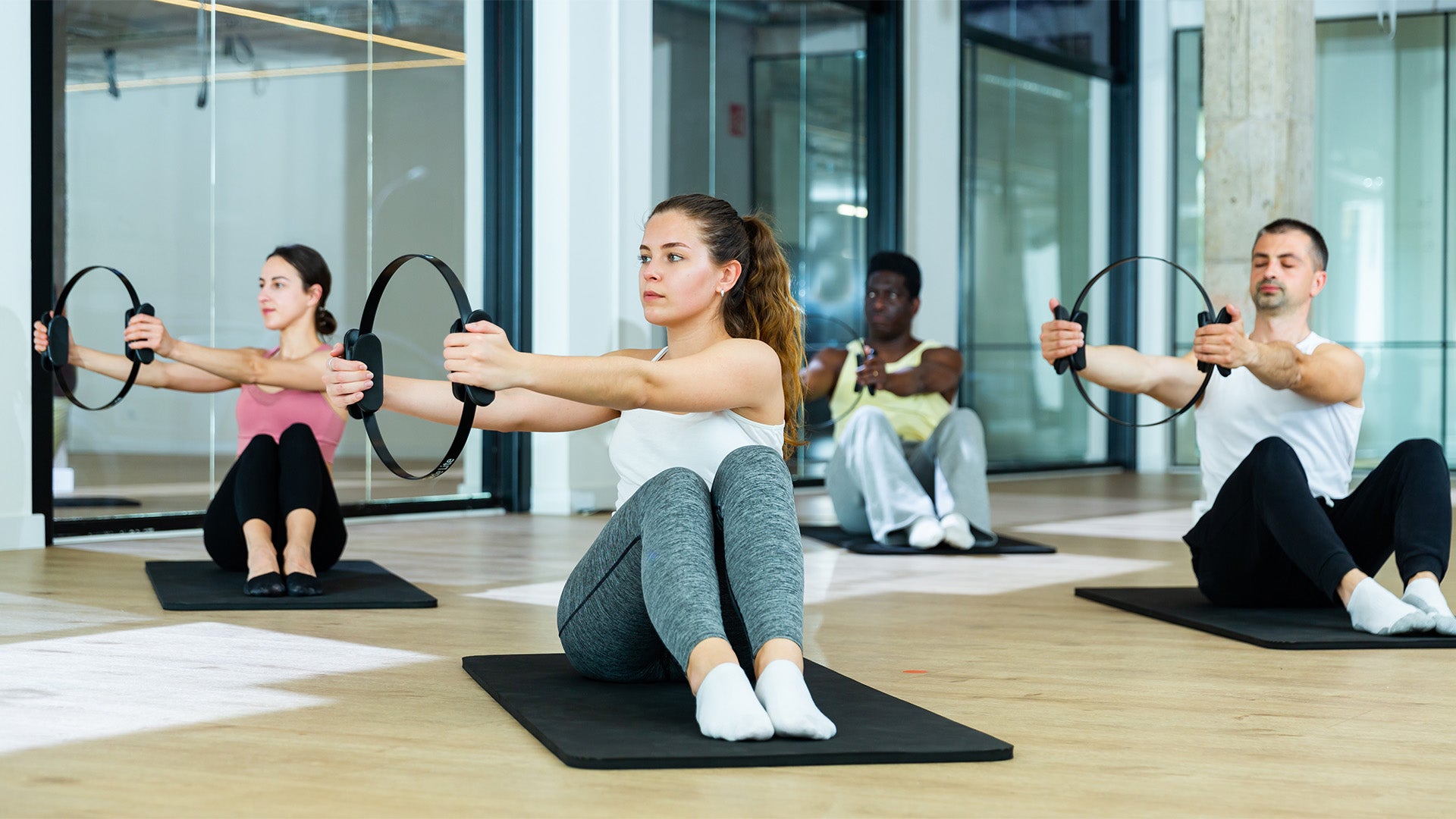Functional vs. Traditional Strength Training
Strength training is an important aspect of one’s health. The benefits range from building muscle, increasing balance, strengthening the heart, and balancing blood sugar levels to increasing self-confidence and addressing mental health. The question is, what kind of strength training is best for your fitness goals?
In this article, we will compare and contrast traditional and functional training programs. By the end of this article, you will have a solid understanding of each type of training and a better idea of what style is best to implement into your fitness journey.
What Is Traditional Strength Training?
Traditional strength workouts are those that use resistance training principles. Typically, gym-goers think of these workouts as leg day or arm day. Traditional strength training programs aim to isolate muscle groups and maximize muscle strength.
Traditional strength training programs tend to be more broad in the sense that anyone can create their own strength program with the primary goal of gaining muscle strength and size. Strength training workouts may be organized by muscle groups such as biceps, chest, and leg muscles.
Again, the point is to maximize muscle strength by working certain muscle groups through multiple exercises in a workout.
What Is Functional Training?

Functional training programs are based on movements that an individual uses in their everyday life. Functional training is a little harder to specify as it is more subjective to what the individual needs.
For example, someone who plays a sport may have a workout program that looks a lot different from someone who dances or who isn’t very active. The goal is to gain strength, but the focus will be to perform movements that are vital to their specific lifestyle.
Functional training is individualized to each person's goals and capabilities. When creating a program for functional training, it all starts with the individual's priority in movements necessary for them.
Athletes might focus on creating power and acceleration, while middle-aged adults who don’t engage in much vigorous activity might focus on range of motion and flexibility for overall comfort. The goal is to better the lifestyle of the individual through physical activity.
What Are the Benefits of Functional or Strength Training?
Both types of training have many benefits to an individual's lifestyle. Strength training has been proven beneficial for young adults, middle-aged adults, senior citizens, and both males and females.
Strength training benefits start with muscle strength and fat loss. Both types of strength training have also been linked to lower blood pressure and blood sugar levels while supporting heart strength.
Finally, strength training has shown many benefits for mental health, like stress relief and support for self-confidence.
Traditional strength training is often slower-paced and in a traditional gym setting. Weights, barbells, dumbbells, and resistance machines often are the center of the workouts.
Functional strength training is adaptable to a broader population as it can include any activities that involve physical movement. It can be done in a gym setting, at the park, or even at home. Movements like sitting and standing, bending down, or pushing and pulling items are all examples of everyday, functional activities.
The options are limitless but may take a little more creativity, depending on your goals. Functional strength training can be used for all ranges of physical activity experience levels and capabilities. Again, this form of training is all adaptable to the individual and their needs.
How Are Functional Training and Strength Training Different?
While both types of training are focused on building strength, each goes about it in different ways. Both types of programs can produce positive results if the programs are done consistently and correctly.
Traditional strength training is based on isolating muscle groups and overloading the specific muscle group through an individual workout. For example, biceps and back day might be part of the program. That day's workout may consist of curls, bent-over rows, pull-ups, and hammer curls. All of these movements are examples of pulling exercises, which engage the biceps and back muscles. Not only is strength being developed, but so is overall muscle mass and muscle size.
Functional strength training may not focus on an individual muscle group but may focus more on a type of movement that is necessary for the individual's goals, which can range from athletic performance to injury prevention and completion of everyday tasks.
Another difference is the type of equipment needed. Weights and barbells are not always necessary with functional strength training. The benefit of functional strength training is that it can be adapted to the individual's needs and what they like to do.
Exercises extend from swinging a baseball bat to dancing to bodyweight squats. For an elderly adult, functional strength training might entail practicing the motions of bending down and standing back up in order to make everyday activities easier.
How Do I Know Which Form of Training Is Best for Me?

Choosing what type of training program is best for your fitness journey is based on your goals, lifestyle, and preferences.
If you are aiming to grow your muscles and improve your overall strength by targeting certain muscle groups, you may be more inclined to try traditional strength training. On the other hand, if your goal is to improve the ease with which you can complete everyday activities and movements, you may lean more towards functional strength training.
The type of training that will be best for you is dependent on your current needs and fitness goals. You may also want to consider whether you enjoy lifting weights, whether you want intense workouts or slow-paced workouts, and whether you are more comfortable exercising in a traditional gym setting or a more versatile environment.
Bottom Line
There is no right or wrong answer when it comes to how you want to lead an active lifestyle. What do you enjoy, and what are your goals? Let these questions lead your program choice, or implement a combination of both functional and traditional strength training.
With the Speede Challenger, you can choose between four different training modes that help you reach your fitness goals — so you can enjoy the benefits of both functional and traditional strength training.
Sources:
Strength training: Get stronger, leaner, healthier | Mayo Clinic
Functional Training: Compound Workouts for Fitness | NASM
Strength and Resistance Training Exercise | American Heart Association



